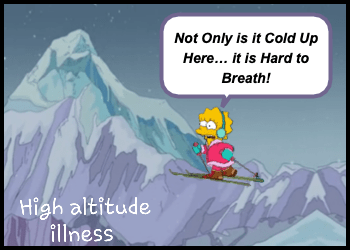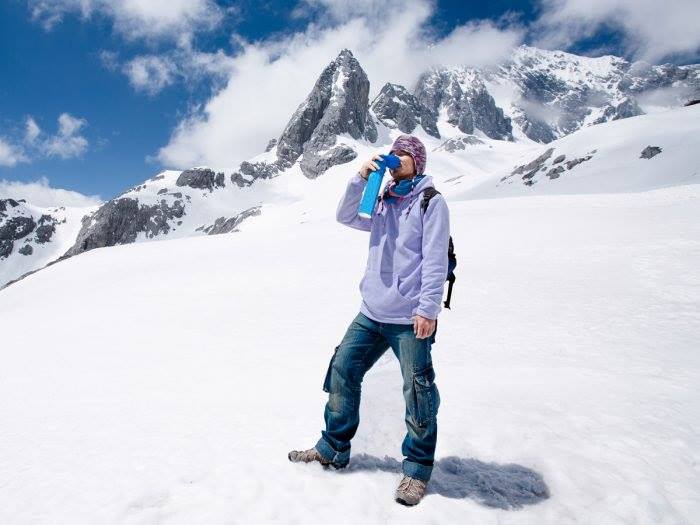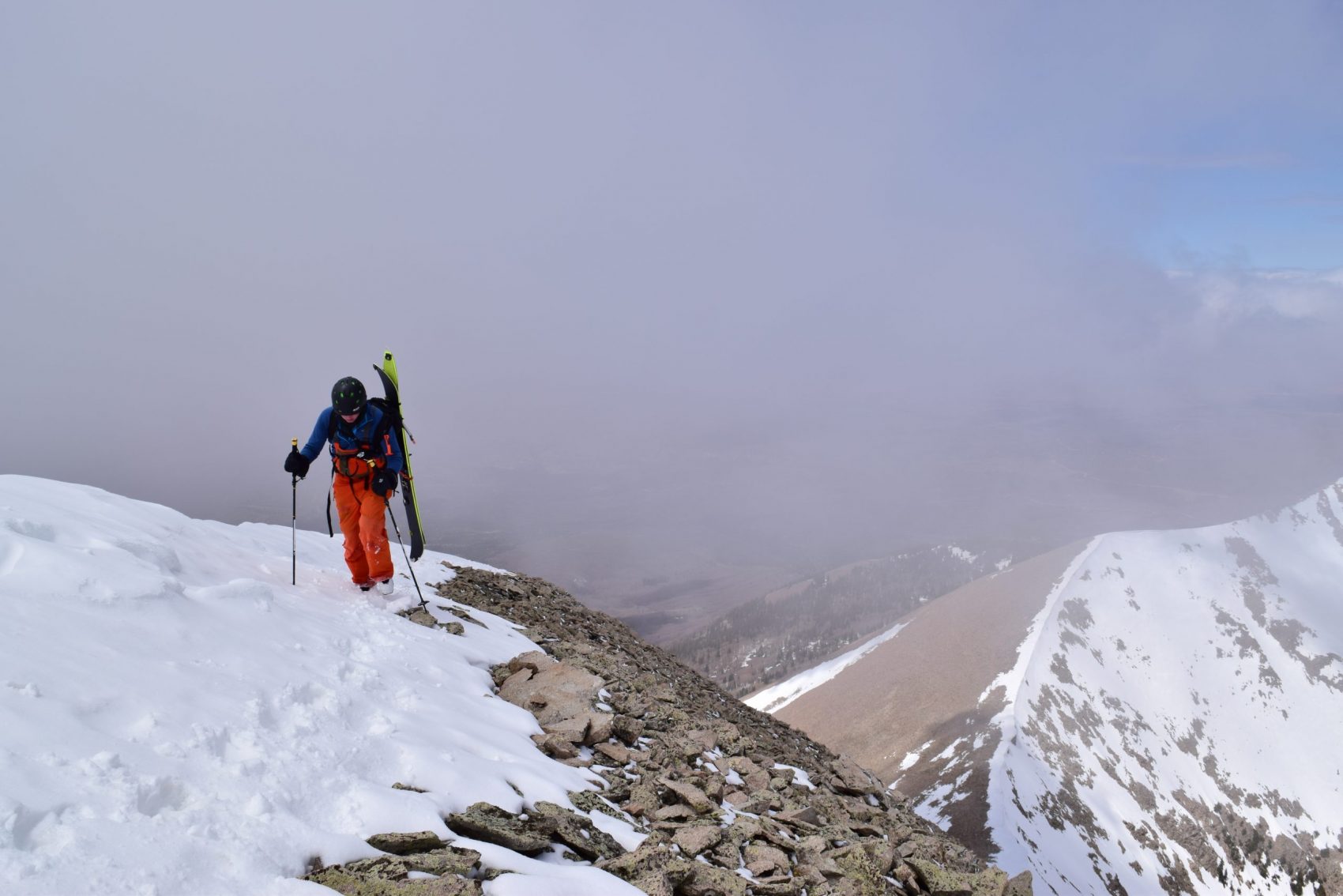The Dangers of High-Altitude Pulmonary
Edema (HAPE)

With the ongoing spread of COVID-19, travelers have discovered a newfound respect for endurance and health. When it comes to planning a trip up to the mountains at higher elevations, there are countless potential problems that travelers, like skiers and hikers, may have to confront. High-Altitude Pulmonary Edema, or HAPE, is a sickness that has recently become prominent within the mountain and medical communities. Oftentimes confused with pneumonia, asthma, and other lung infections, HAPE is a serious illness that “occurs in persons normally living at low altitude who travel to an altitude above 2,500 meters (8,200 feet)”, and is caused by a buildup of fluid in the lungs, specifically in the alveoli.

Risk, Symptoms, and Treatment
So, how should an individual planning a trip to the high country estimate their risk of suffering from lung juice, or know how to deal with its symptoms in the event they begin to feel sick? To put it simply, there are no direct answers to these questions, however, there are a growing number of precautions that an individual can take to avoid suffering from the symptoms of HAPE. While ascending to or hiking in the mountains, an individual must be well hydrated, well-rested, and understanding of the fact that underlying conditions can exacerbate the likelihood of contracting HAPE.
Typical methods of prevention include ascending slowly and methodically, especially when camping, including rest days in-between hiking days, and even taking medication like nifedipine. Additionally, hikers and skiers in the mountains have found that external oxygen packs can be beneficial.
Even if you take every precaution to prevent High-Altitude Pulmonary Edema, there is still a small chance you can come down with it. Likely, the symptoms would consist of shortness of breath, coughing and wheezing, fatigue, and tightness. These symptoms can get more serious and would be noticed through an abnormal heartbeat or breathing, change of skin color, or even death. One of the main problems with HAPE is that it is difficult to differentiate from other pulmonary illnesses or infections, and as a result, can be treated incorrectly. Prakash Karel, a doctor at Everest basecamp, recently stated that “high altitude makes it difficult to identify covid from cough and HAPE … which is common here”. The hiking and camping at Everest are not too different from popular hiking destinations in Colorado, California, and other recreation areas in the US, and Karel highlights the importance of taking precautions and availability of medical tests.

The most effective treatment for HAPE is descending to a lower elevation. As a hiker, skier, camper, or any other type of recreater approaches sea level, higher levels of oxygen become available, allowing the lungs and body to work at a more healthy and manageable pace. Further treatment, including hospitalization, may be necessary in more severe cases so that oxygen and fluids can be directly pumped into the body.
Whether you are hiking, skiing, camping, climbing, swimming, or just relaxing at a higher than normal altitude, it is important to understand the risks of High-Altitude Pulmonary Edema. As more adventurers take to the mountains, an increasing number of potentially fatal HAPE cases will occur, but with the right preparation, it is almost entirely preventable.